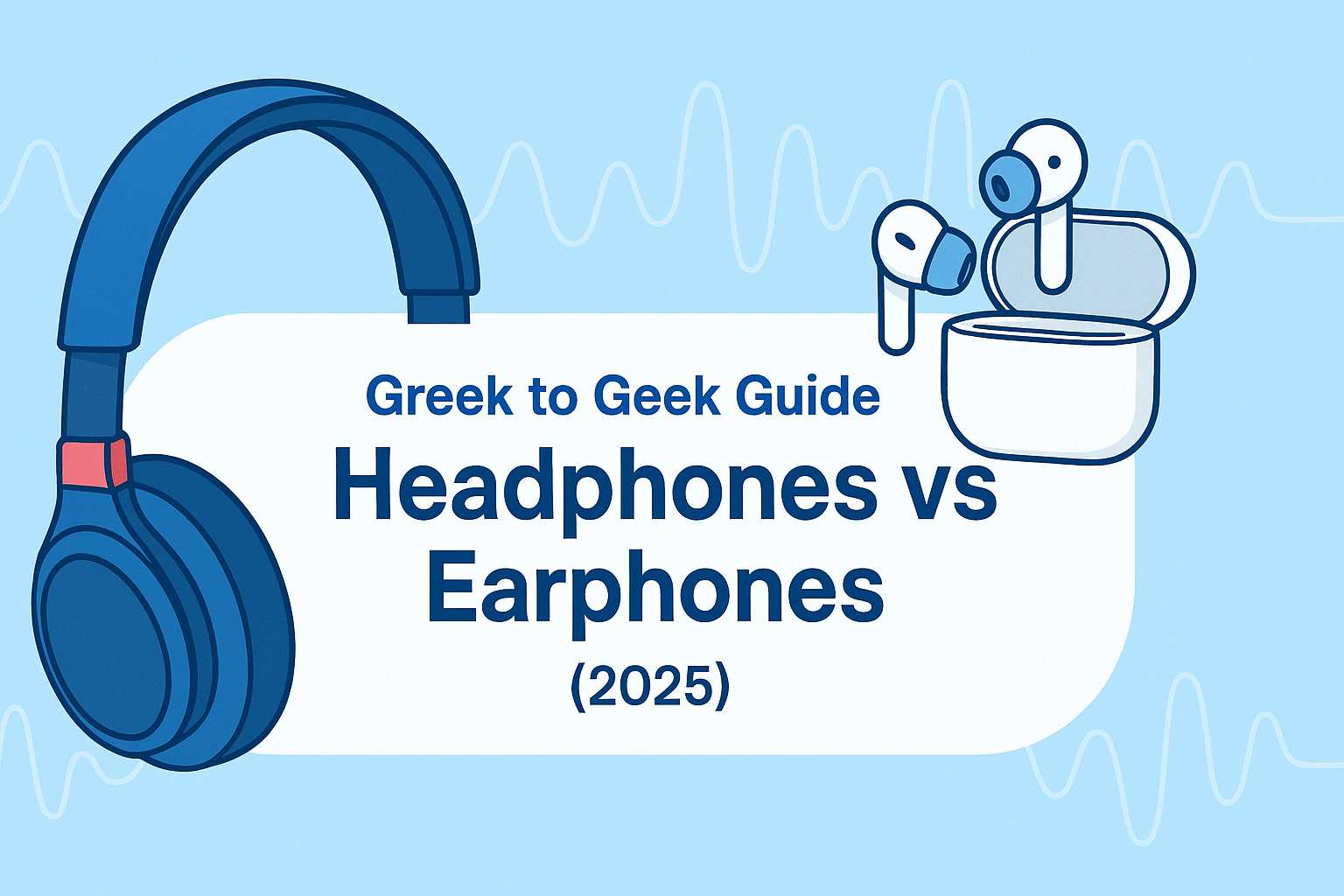In our last article we discussed on how to select the
guitars that suit your needs without getting distracted and getting confused.
The Research
Now that you've played a bunch of guitars, and hopefully found a few that you really like. It's time to do some research on all the guitar companies whose instruments you are considering. Most guitar company websites provide specs on each of their guitars, so you can find out additional information on the instrument you're considering. Search their web site for warranty information, and make note of that as-well. You can even call or e-mail them if you have any additional concerns. Guitar company web sites are fine, but obviously they're going to be biased, so you'll need to find out what others think of the guitar you're considering. Fortunately, the web is filled with sites that archive user-reviews of guitars. Check the Guitar Review Archive for critiques of both
acoustic and
electric guitars. When studying these reviews, take special notice of the prices people paid for the instrument, and carefully consider all criticism as well. Be wary of people who give their guitar a "perfect 10" score - many of these reviewers aren't knowledgeable enough to offer constructive criticism or they have a bias for some brand or product that hinders with their judgement.
Checking out the specifications of the guitar is important, while doing so make sure to make a note of the woods used to make that guitar, the type of neck joint, the electronics (electric and
semi electric guitars) and finally the hardware. Spend some time researching about the difference each of these make in the type of sound and life expectancy of the product. All these details are often neglected by a learning guitarist as they are likely to have not developed an ear to identify the difference in sound these specifications make. However, a trained ear, that your are going to develop throughout the learning phase will be able to make out even the slightest difference the sound has. It's not advisable to neglect that. After researching through these details your selection of guitars will narrow even further and it'll help you come down to a few final guitars in your list.
The Rule of Thumb
Having said all these points, there is one thing that hold paramount importance!
A guitar that doesn't feels right in your hands is not the guitar you should buy! No amount of super high specifications are going to help you showcase your skills if your are not comfortable playing your guitar. So it's always better to compromise a little on specs rather than on comfort. A lot of guitar's make can be customized later, specially the electronics and hardware. A wise buyer always knows what all specification he can compromise on and knows what all customization he can make later on. Buying a guitar just for it's super cool looks or high end specifications is likely to do more damage than good. For example, some shapes like a Flying V is not everyone's cup of tea, also some premium woods have a lot more weight than other rather cheaper ones. On a live show you don't want to get tired by the weight of an instrument, do you?
These small little tips and tricks are likely to land you with a very limited choices. Now you know what guitar you want to buy already and it'll be a very informed decision. The benefit of doing some research is not limited to only one purchase, but it rather helps you develop on multiple levels as a musician. After following this guide you'll not only have a perfect guitar for yourself, but also enough knowledge to help out others.
The last segment to this blog series is going to be the most important one so make sure you subscribe :)



Share:
How to buy a Guitar! - Part 1
How To Avoid Mistakes As A Self-Taught Guitarist